We’ve mentioned kitchen design tips before, yet the design methodology isn’t always clear-cut for function and practicality. We want to make this easy to understand – and understandably, everyone has their own opinions on which kitchen design is going to be appealing. This guide dives a bit deeper to explain aspects of the functional kitchen that any given design must offer for the purpose of convenience.
Which Layout Type is Most Functional?
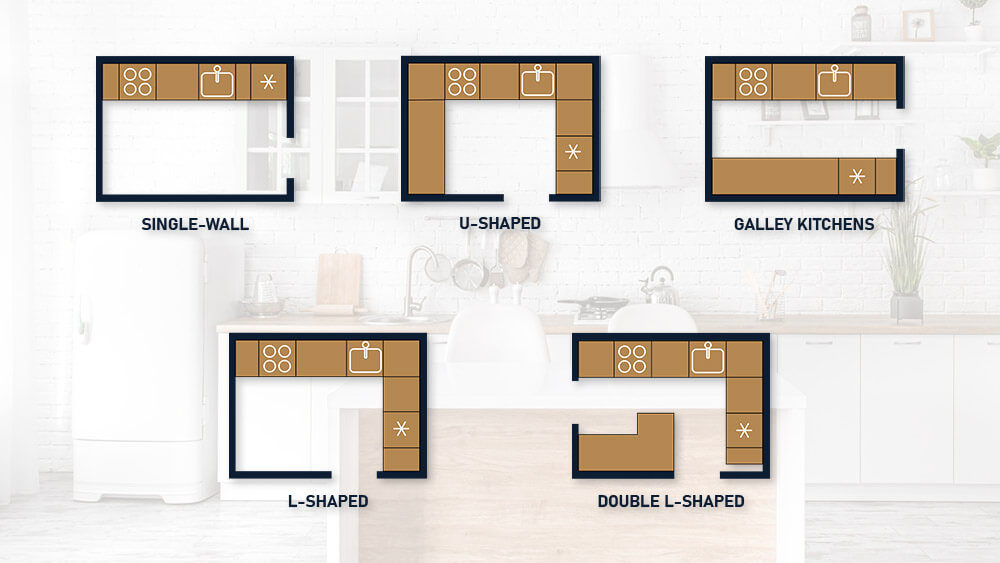
Five specific types of kitchen shapes are commonly brought up as potential layout designs for a functional kitchen. These include L-shaped and U-shaped, Galley kitchens, double L-shaped, and single-wall kitchens. All of these layouts each follow a similar blueprint that is meant to make their design simple and effective to work within. Most of the standard designs are working around the kitchen triangle’, but most design guides aren’t always focusing on which design is the best. Jump over to our ‘Design 101‘ article to better understand the importance of following solid design principles.
All of the previously listed design layouts are great shapes for a simple reason; there is that old saying that goes “to each, their own”, and that has to sum up the whole idea behind why all of these designs can work. The best part of this kind of variety is matched individual style, kitchen usage, and overall taste in kitchen design needs. They can be further equated to a 5-year-old who loves a hotdog with ketchup but would be repulsed by caviar on a cracker.
So, it seems that this preference for specific types of food doesn’t easily go down with everyone, which is why some kitchen designs work better for some but not for everyone. There is also a big issue with kitchen space, which is not always going to be optimal for those who like one specific layout design but can’t achieve this due to the lack of space. This is where compromise and creativity need to be considered to allow for an alternate design or modification.
The absolute opposite can happen when you have a large space and the attempt is made to make it busier by adding kitchen islands and extra accessories. This often makes a large kitchen feel overbearing and too big for those who don’t like feeling out of place in their own kitchen. Despite this, some essentials need to be the first rule of functional kitchen design as you’ll soon read all about.
Defining the kitchen triangle
You might have heard about this term quite a bit and have an idea what it’s all about, yet this isn’t a one-horse show when it comes to defining the kitchen triangle explanation. In theory, there are three positions that your kitchen should be configured into to make cooking and working within that space easier, but it’s a bit more involved than that. Here’s why:
How ergonomic space works best
If you are wondering which three items are the essential backbone of your kitchen, these include the oven, sink, and fridge. This dynamic and ergonomic combination will vary from each kitchen set up but they all share a common link to each other. They all must be located nearby to become easy access (in relation) to each other. If not a step away from one another, they are positioned within range of a kitchen design within reason.
Why walk across the room where you’re working when a fridge should be placed behind you to reduce the time grabbing essential ingredients. Each can be considered vital essential for stage cooking. A fridge is storing all of your most-commonly-used foods, while a sink will wash them and allow for prep duties at a cutting board. The last stage is cooking, so a stovetop and oven are essentially the peaks of this pyramid.
Storage considerations
Within and all around the kitchen triangle is additional storage that consists of cabinets and storage of all kinds. Some cabinets are reserved for dry goods like flour, wheat, dry beans, spices, and so on, but their positioning is carefully organized to make it easier to manage time in the kitchen. You might keep essential spices closer to food prep areas rather than close to a cabinet that is next to the fridge.
Another point is that cooking oil, food shortening, and cooking utensils are all located next to a stovetop to make this station flow better for cooking. It goes without saying that countertop space is often very close to a fridge to start preparing food right away with select items that you need. Another idea, is to implement open shelves, which allow for easy access to cookware while adding to a kitchen’s decor style. There is a Yin-Yang approach to why the storage within your kitchen is reserved for items next to each triangle location.
Electrical outlet access
This is a very interesting aspect that doesn’t get mentioned all too often but is going to be important if you have a kitchen appliance that needs to be plugged in. A good kitchen design will allow electrical plug outlets to be placed on countertop areas wherever food preparation is carried out. When these items are bigger such as a juicer or heavy-duty kitchen mixer is used, then it might have a dedicated portion of countertop just for that job.
Smaller appliances like hand mixers need to have an outlet next to the stovetop if you’re making sauces or puréed liquids. There should also be electrical outlets cleverly hidden in kitchen islands for sandwich makers, electric grills, or a food blender. For every 3 to 4 feet, there should be an outlet located close to a pinpoint triangle location including the sink, stove, and refrigerator.
Using light effectively
Cooking is just as much art when it comes to showing off your culinary skills. This is why kitchen lighting needs to be carefully planned to showcase these skills. Over any stovetop, lighting is essential to see what is happening just as much as a food prep station should also include. Plan lighting that gives each area that has anything to do with food -amble light. This is not just for show as it is for general safety!
This will be more evident when you work with knives that are cutting, slicing, chopping, and preparing virtually any kind of food. Ambient lighting is merely a backup to give illumination within a kitchen. This is more of a highlight that is used after food is prepared and served, so food prep lighting can be dimmed and is less distracting to your overall kitchen design.
See our remodeling consideration guide for additional tips.
Why Your Work Zone Matters (Best tips for a functional kitchen)
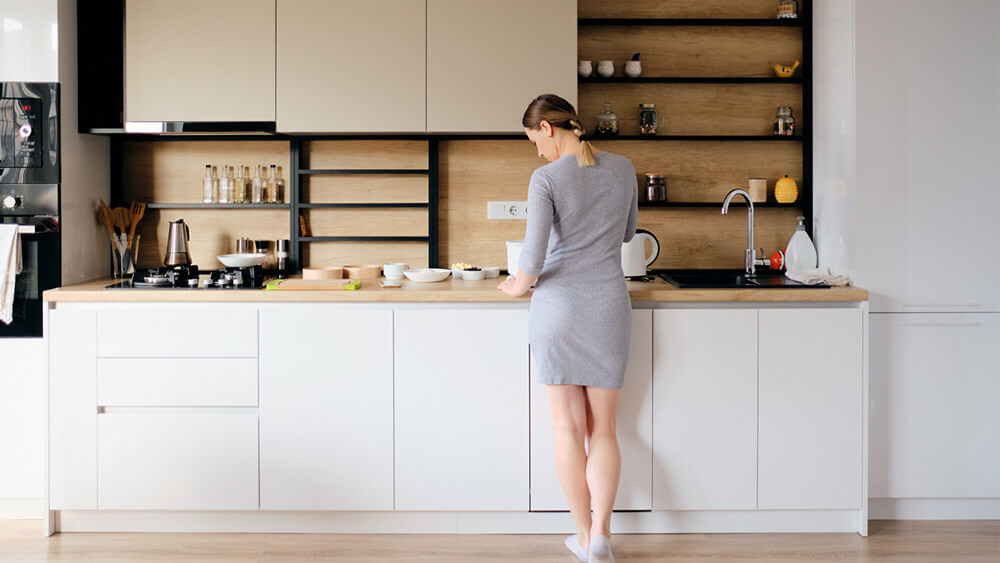
There is a growing need from a younger generation that is starting to discover the joy of cooking again. We see it all throughout social media with Tic-Tok videos showing off culinary tricks and amazing food creations. The reality, of course, is that most people are still unsure of their kitchen design. It’s easy to follow the advice of a professional, but when it’s your kitchen, you need to call the shots. Especially when you want to impress friends and family with your cooking skills!
Sink and appliance placement
Getting around to remodeling a kitchen is a big task if you have a better idea of how your kitchen should be designed. Looking back on the golden rules for a kitchen triangle concept, keep your sink in the middle. It’s not the peak of the pyramid (by far), but should be the second station that allows you to have access to clean the ingredients that need water prep. It’s also the first you want to go when you enter the kitchen to begin your work.
Even the single-wall kitchen setup should have a sink that is central to your kitchen wall with a fridge to one side and the stovetop on the other. Every other design is going to serve as a kitchen zone according to these three appliances. After that, it’s only a matter of selecting working areas for food prepping.
Entertaining serving stations
Oh yea, if you’ve ever been to Benihana-style restaurants you’ll know that kitchen islands are great places to socialize. They are also set up with seating along one edge or perhaps extending to each corner. The real attraction to having a kitchen island serving area is including Hibachi grills to cook many types of meat and seafood dishes. Heck, if you want to make a show of cooking skills, why not do it with a bit of razzle-dazzle too?
Walkway spacing
Small kitchens are usually limited to more than one person, so this can be a headache for anyone wanting to get something from the kitchen while it’s being used. This is why walkway areas must be designed so you can move around- safely. With larger kitchens, this isn’t so much of a problem unless you start to add items such as kitchen islands. Always give the minimum distance of 3 feet from the edge of an island countertop edge to the opposing wall around that object.
Working areas are going to be substantially larger so two people can work within a kitchen zone that has a sink, stove, or fridge nearby. Safety is the primary reason for this extra buffer zone since you don’t want to be burned, bumped, or bothered when someone else is passing by.
Counter space Vs island countertops
One man’s island is another person’s oasis, so always keep in mind that a kitchen island is going to be the essential hub of kitchen activity. The rest of the counter space that lives within your kitchen is meant for select duties more or less. When designing a kitchen with an island, have one section that is meant for placing ingredients, groceries, and selective kitchen goods. This way, you don’t have an island that is crowded and won’t disturb each inhabitant.
Seating arrangements
You don’t see seating directly within a kitchen unless there is a good reason. When it comes to island setups, seating arrangements should be well behind the lines of action. This seating should also allow any guest who is seated to have a front-row seat perspective which is visually appealing. it might be more attractive to have barstools to give more view inside your kitchen to see the cooking process take place.
There is a bit of careful planning when it comes to seating if you want to create more of a theatrical aspect which involves careful lighting. This is done to give your seated guests more of an intimate interaction if you are cooking for more than one.
Functional Kitchen Designs
What is a functional kitchen layout?
This is a layout that helps the people using the kitchen to use it more efficiently. So if you are cooking a meal at home, with a functional design, you should be able to cook the meal with minimal movement. Everything you would need should be close by and easily within reach. This leads to a safer and more enjoyable space to cook in.
What are the most common kitchen layout types?
The most common kitchen layout types are the U-shape, L-shape, single-wall, galley, and peninsula. Each layout has its own strengths and weaknesses and is best suited to different types of kitchens and lifestyles.
How do I choose the best kitchen layout for my home?
That really depends on the amount of space you have and its shape. It also depends on the type of cooking you do and how else you plan on using the kitchen. Will you have a dinning area in the kitchen? Where will you store your food items that don’t need to be refrigerated? How many people will e using the kitchen at the same time? All of these will effect what layout is going to work best for your specific needs.
What are the key elements of a functional kitchen layout?
The key elements of a functional kitchen layout include a clear work triangle (the area between the refrigerator, sink, and stove), ample counter space, adequate and easily accessible storage, and good traffic flow. The next element is where are your major appliances and electrical outlets and is everything within easy reach. Even the height of countertops and cabinets make a difference.
What are the advantages of a single-wall kitchen layout?
A single-wall kitchen layout is a compact and efficient design that is ideal for most small kitchens. This layout typically features all the major appliances and storage along one wall, allowing for maximum counter space and easy access to all the essentials.
What are the advantages of a U-shaped kitchen layout?
A U-shaped kitchen layout provides ample counter and storage space, as well as a clear work triangle, making it ideal for larger kitchens and families who cook frequently. This layout also allows for multiple people to work in the kitchen at the same time, making it great for entertaining.
How do I make a galley kitchen more functional?
To make a galley kitchen more functional, you should focus on maximizing counter and storage space, improving traffic flow, and creating a clear work triangle. You can also add additional counter space by installing an island or peninsula, and consider using wall-mounted cabinets to free up floor space.

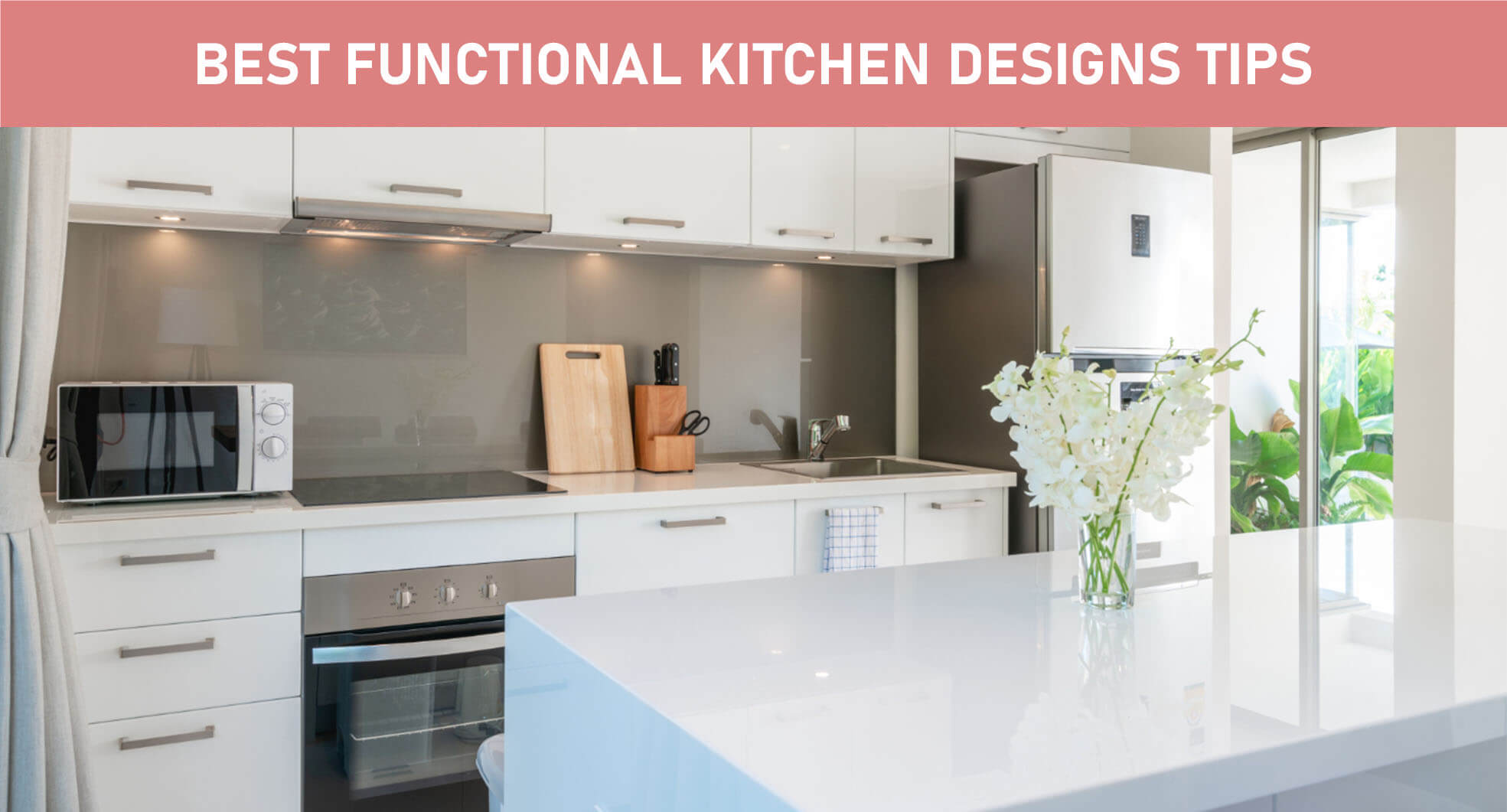
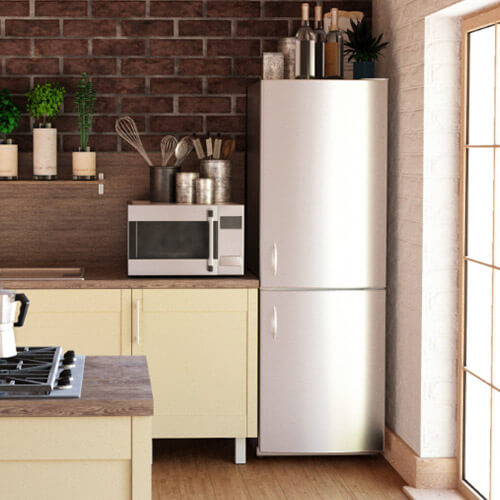
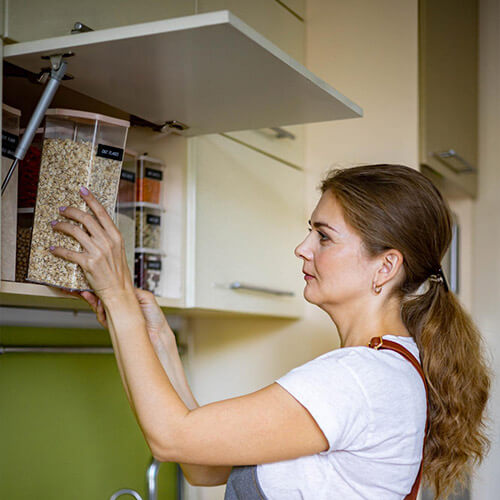
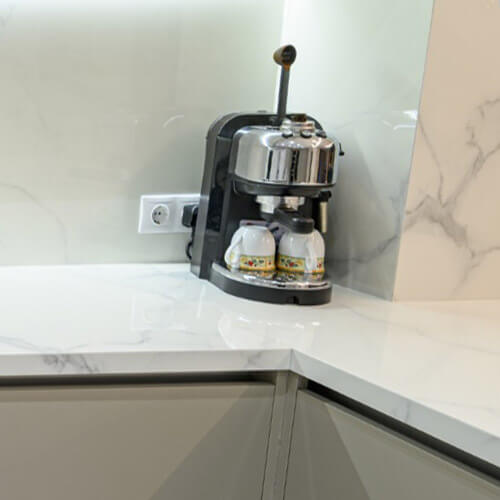
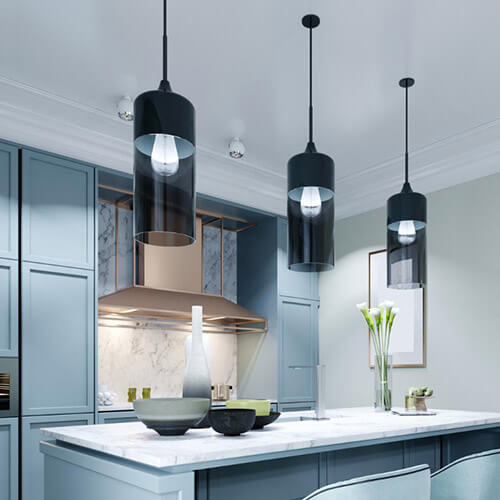
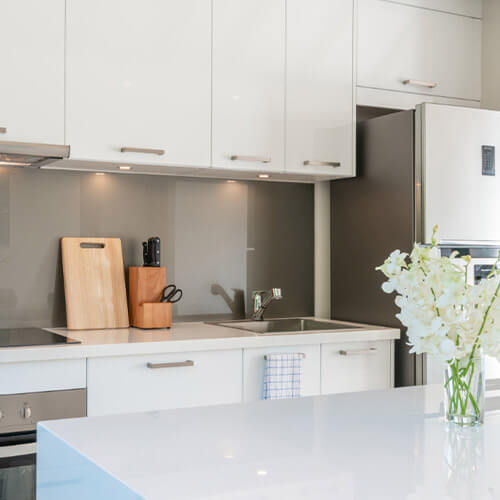
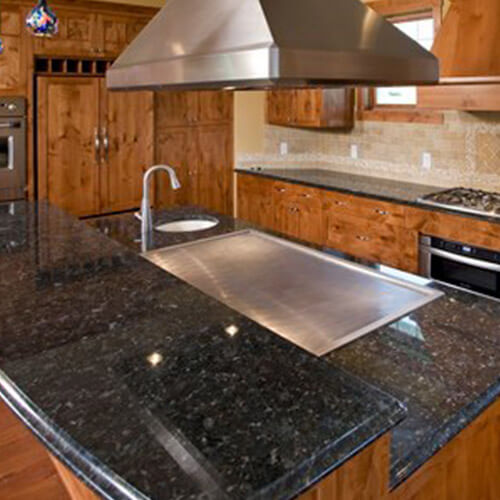
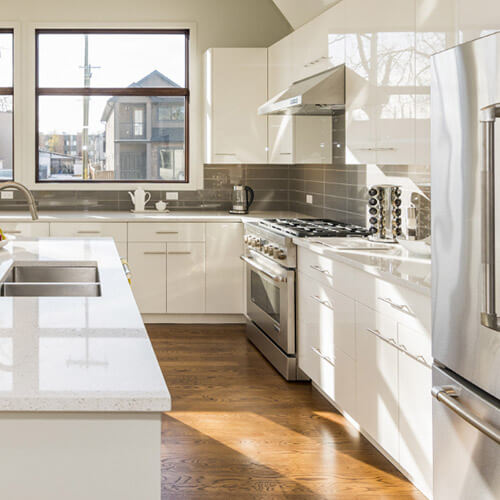
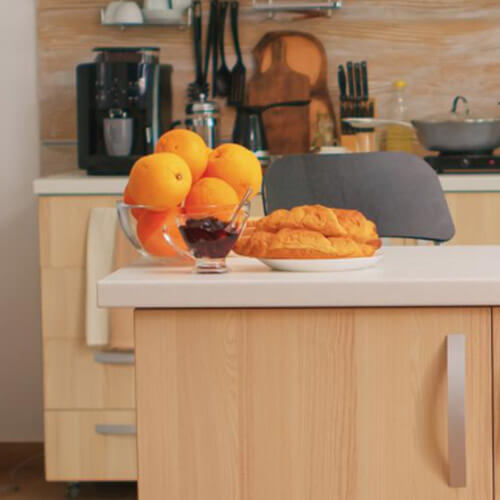
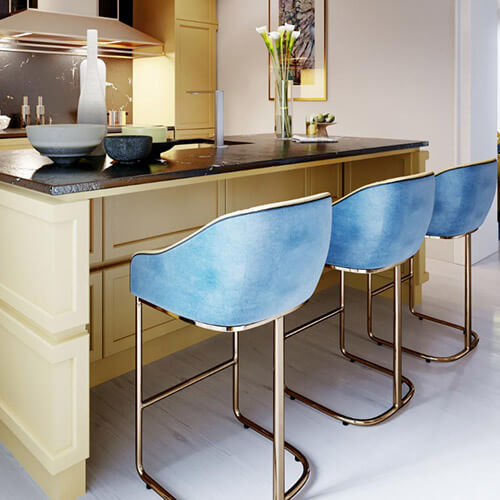
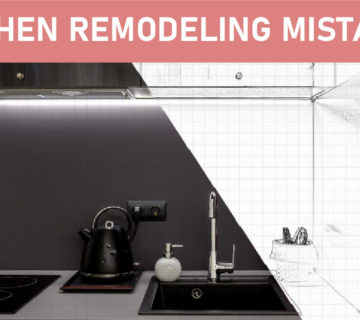
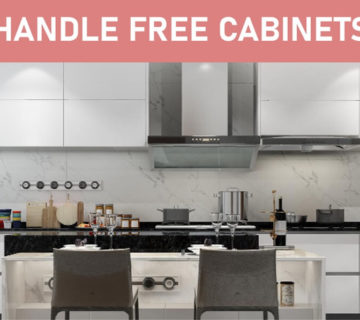
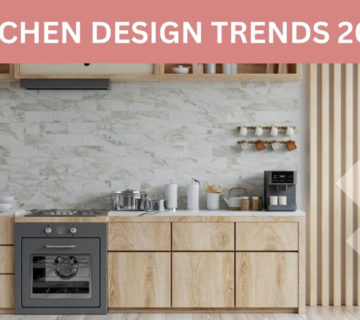
[…] is called the kitchen triangle, allowing you to have everything you need close at all times – making it functional. One side can allow more counter space while the opposite side is more for cooking and selected […]